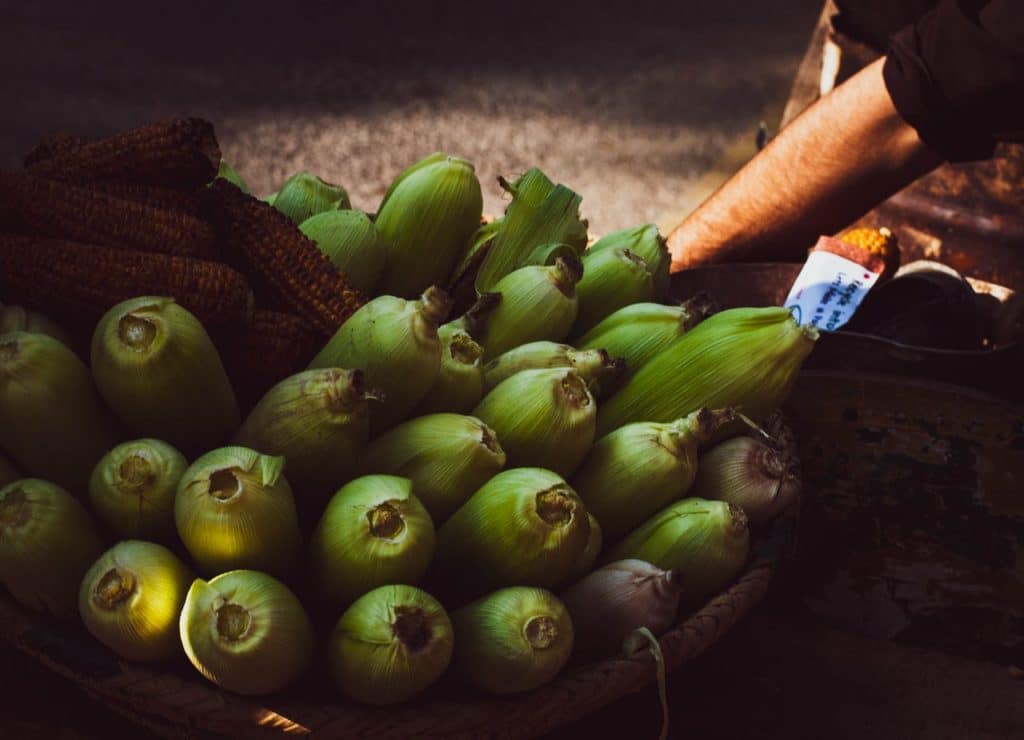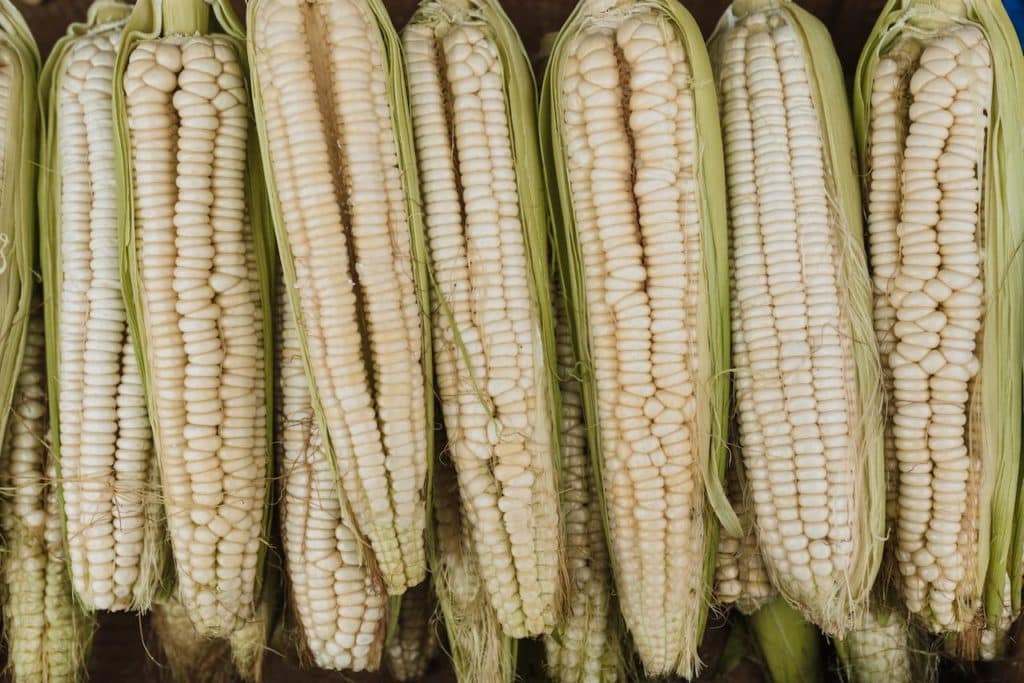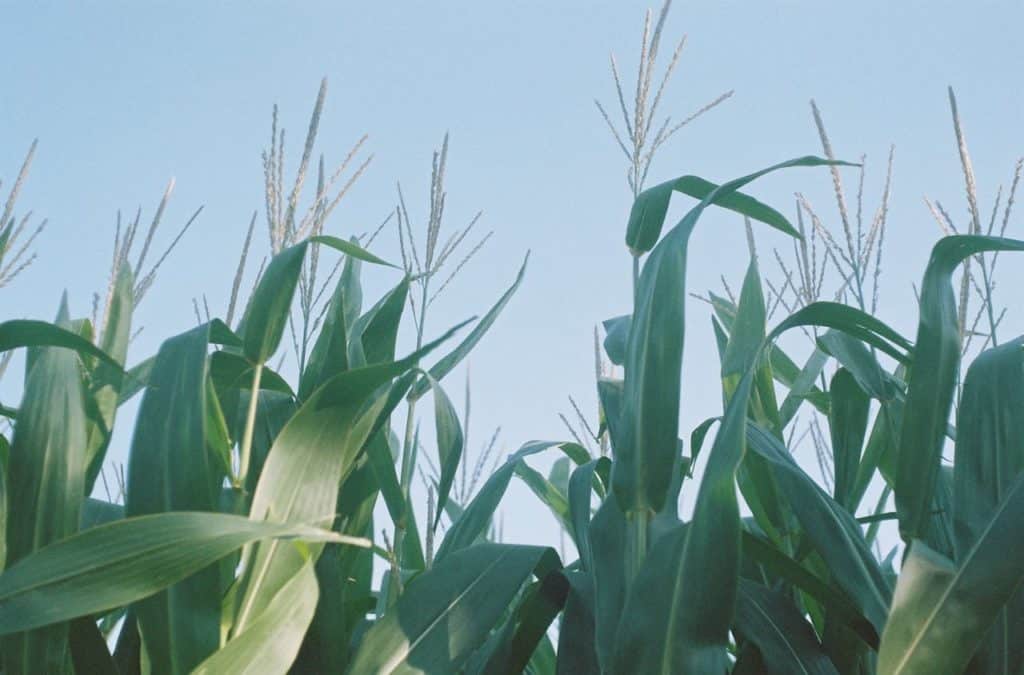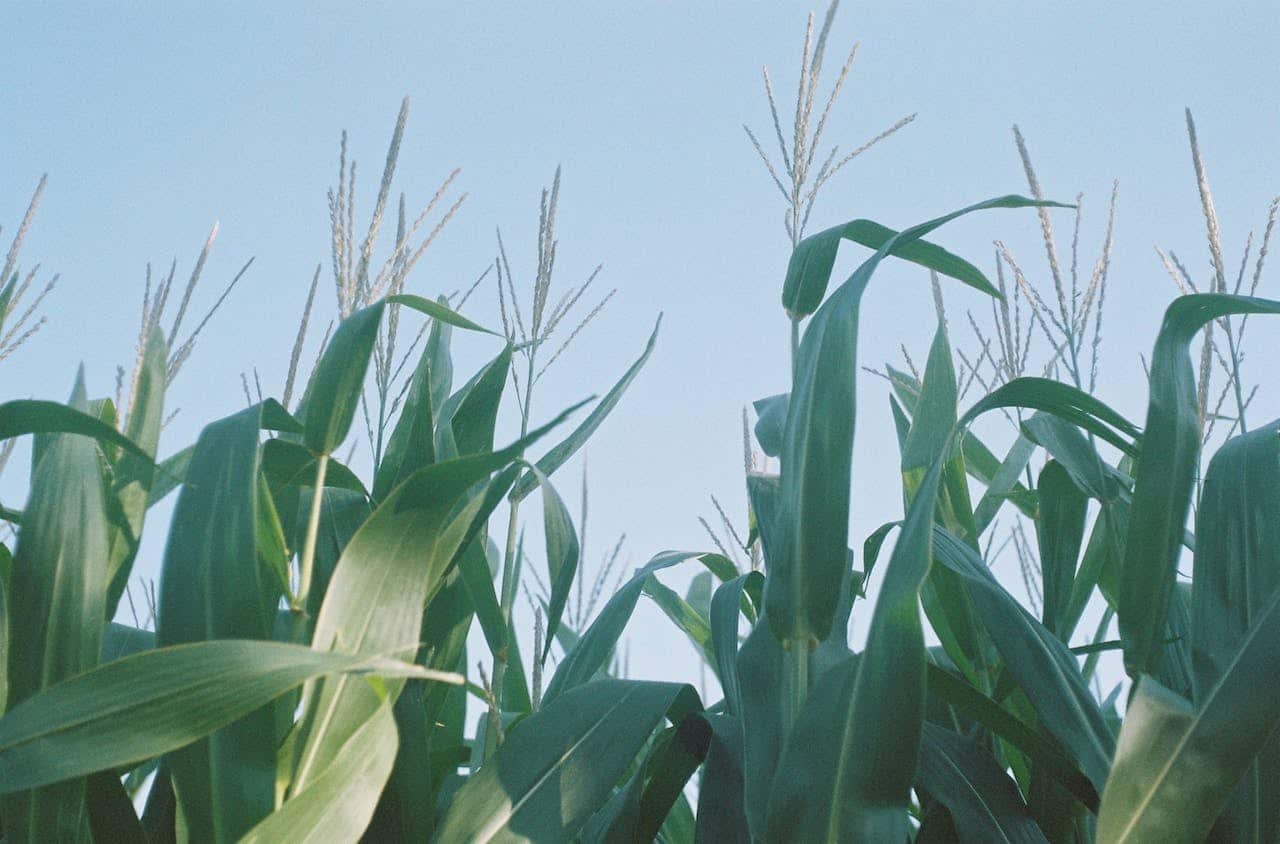Maize production, the cultivation of corn, stands as a fundamental agricultural endeavor across the globe. This significant activity encompasses a series of detailed steps from the initial planting of maize seeds to the careful nurturing of maize plants. As the plants reach maturity, the focus shifts to harvesting the ripe cobs, followed by processing them into a myriad of products that serve various needs. The journey of maize from seed to final product is a testament to its versatility and central role in food security and industrial applications.
The importance of a well-formulated business plan cannot be overstated in the realm of maize production. A strategic plan serves as a roadmap for navigating all facets of the business, encompassing production timelines, financial management, marketing approaches, and distribution channels. This plan not only identifies which maize varieties may yield the highest profits but also provides insights into the competitive landscape. Crafting such a plan necessitates foresight and adaptability to overcome potential hurdles that may arise.
Challenges in the Maize Production Field
Despite the promising opportunities, the maize production sector faces an array of challenges. These challenges span environmental, such as the impacts of climate change that disrupt traditional weather patterns, leading to droughts or floods, and socio-economic, including limited access to modern agricultural inputs due to financial constraints. Infrastructure deficiencies and post-harvest losses inflicted by pests and diseases further complicate the picture, threatening yield and profitability.
Key Players in the Maize Production Industry
Globally, the maize production industry sees a variety of key players, with prominent producers like the United States, China, Brazil, and several African nations including Nigeria and South Africa. Each of these players brings unique strengths and strategies to the table, influencing global maize production dynamics.
Comprehensive Market Analysis Current Maize Market Trends
The maize market is currently experiencing a robust increase in demand, driven by its use in ethanol production and the intensifying need in the animal feed sector. The advent of biofortified maize cultivars also appeals to a health- and wellness-conscious global demographic, adding a dimension of nutritional value to the crop’s appeal.
Analysis of Consumers and their Preferences
In the consumer arena, preferences for maize products can differ dramatically based on intended use and regional cultural practices. For example, white maize often takes precedence in African markets for direct human consumption, while yellow maize is more commonly utilized for animal feed in Western economies. Organic maize is rising in popularity, reflecting a broader societal shift towards health-conscious living and sustainable farming practices.
Competitor Analysis
To conduct a comprehensive competitor analysis within the maize industry, businesses must delve deep into the operational profiles of existing maize producers. This analysis should cover production volumes, the range of maize varieties cultivated, market reach, and strategic positioning. Understanding the strengths and vulnerabilities of competitors is key to identifying market gaps and developing a competitive edge.

Defining Your Business Model for Maize Production
Identifying your Unique Selling Proposition
Determining and highlighting your Unique Selling Proposition (USP) is a foundational step in defining your business model in maize production. This USP distinguishes you in the market and attracts a specific customer base. For instance, specializing in a rare variety of maize that isn’t commonly found in your area could attract customers looking for that particular product. Embracing organic maize production is another way to stand out, especially in a market that values environmentally friendly and health-conscious farming practices. Another USP could be a commitment to providing a consistent supply of maize throughout the year, addressing common market shortages and positioning your business as a reliable source. Understanding and leveraging your USP effectively can significantly enhance your market position and brand recognition.
Advanced Techniques in Maize Production
Incorporating advanced techniques in maize production can give your business a competitive edge. Embracing new and improved maize varieties that are high-yielding, drought-resistant, and pest-resistant can ensure higher productivity and resilience against environmental challenges. Precision farming techniques can optimize the use of resources like water and fertilizers, leading to more sustainable and cost-effective production. Moreover, the adoption of innovative post-harvest technologies can substantially reduce losses, ensuring more of your produce reaches the market in good condition. Employing these advanced techniques can not only improve the efficiency and yield of your maize production but also appeal to a market segment that values innovation and sustainability.
Maize Varieties and Types that Suit your Business
Selecting the appropriate maize varieties and types is crucial and should be based on several factors. Market demand analysis can guide you in choosing varieties that are in high demand or lacking in your target market. Climate and soil suitability are critical in determining which maize varieties will thrive in your geographical location. It’s also important to consider the availability of resources such as water, labor, and capital, and how they align with the requirements of the chosen maize variety. Lastly, potential profitability within your niche market is a key determinant. This decision should align with your business goals, the identified market needs, and the ecological conditions of your farming area.
Business Plan Essentials
Setting Business Goals and Objectives
Establishing clear, concrete, and measurable business goals and objectives is essential for the success of your maize production business. These goals might encompass a range of aspects, such as achieving certain levels of productivity, reaching specific revenue targets, or penetrating particular market segments. Setting quality standards for your produce could also be a significant goal, especially if you are focusing on premium or niche markets. These goals and objectives serve as a roadmap, guiding daily operations and strategic decisions, and providing a benchmark for measuring the success and growth of your business.
Planning Your Business Operations
A comprehensive plan for business operations is fundamental. This should encompass every aspect of your maize production process. Key areas include cultivation practices, where you outline the farming techniques and timelines; labor requirements, detailing the workforce needed for different phases of production; equipment needs, specifying the machinery and tools required for efficient farming; pest and disease management, planning for the prevention and control of potential threats; post-harvest handling, which includes storage and quality control measures; and distribution strategies, determining how the produce will reach the market. A well-planned operational framework ensures smooth running of your business and can significantly improve efficiency and productivity.
Formulating a Business Growth Strategy
Developing a growth strategy is essential for scaling your maize production business. This strategy should clearly outline how you intend to expand your operations over time. Considerations might include increasing the scale of production to meet growing market demand, diversifying the types of maize grown to cater to different market segments, expanding your market reach perhaps by entering new geographical areas or market segments, or exploring value-added opportunities such as maize processing. A growth strategy should be ambitious yet realistic, taking into account the resources available and market conditions.

Financial Projections and Costs
Estimating Startup Costs
Accurately estimating startup costs is a critical step in launching your maize production business. These costs typically cover several key areas. Land acquisition or lease costs are primary expenses and vary greatly depending on location and size. Seed purchase expenses are directly tied to the scale of your operations and the varieties of maize chosen. Labor costs will depend on the manpower required for cultivation and harvesting. Machinery costs involve the procurement of essential farming equipment. Marketing and distribution expenses are crucial for ensuring your product reaches the market effectively. Lastly, a contingency fund should be allocated to cover unexpected expenses, providing a financial cushion for unforeseen challenges.
Projected Revenue and Profit
Creating projections for revenue and profit involves estimating the potential output of your maize production and the anticipated market prices. This projection should also account for overhead costs such as labor, equipment maintenance, and any other recurring expenses. By analyzing these figures, you can gain clarity on the financial viability of your maize production business. These projections will also be crucial for attracting investors or securing financing, as they demonstrate the potential return on investment.
Break-even Analysis
Performing a break-even analysis is vital to understanding the financial dynamics of your maize production business. This analysis will help determine the volume of maize that needs to be produced and sold to cover all your startup and operational costs. It is an essential tool for financial planning, giving you a clear picture of the sales targets you need to meet to become profitable. Understanding your break-even point is crucial for making informed decisions about pricing, scaling production, and managing costs.
Risk Management and Mitigation
Identifying Risks in Maize Production
Maize production, like other agricultural ventures, is fraught with a myriad of challenges and uncertainties. These risks can be broadly categorized into climatic, biological, and market-based threats. Climatic risks, for instance, are highly unpredictable and can have devastating impacts. Factors such as drought can lead to water scarcity affecting the crop’s growth, while excessive rainfall can lead to waterlogged fields and root rot. Both extremes can result in significant yield loss.
Then there are biological risks. These encompass threats posed by pests like the maize borer or diseases like maize streak virus. Additionally, there can be risks associated with crop failure due to factors like poor soil health or ineffective fertilizers. Beyond the confines of the farm, market risks also loom large. These range from unpredictable price fluctuations influenced by external economic factors to challenges in accessing lucrative markets or even barriers in international trade.
Preventive Measures and Mitigation
To address these risks, farmers and agricultural entities need to adopt a multi-faceted approach to risk mitigation. Climate-smart farming techniques, for instance, can be instrumental. This might involve the use of drought-resistant maize varieties, or adopting conservation agriculture practices that preserve soil moisture.
Biological threats require a different set of interventions. Integrated pest management, for example, combines biological, cultural, and chemical methods to control pest populations, ensuring they don’t reach damaging levels. Furthermore, crop insurance can serve as a financial safety net, compensating farmers in case of significant crop loss. Post-harvest, attention needs to be directed towards handling practices to ensure the maize is stored without contamination or pest infestation.
On the market side, diversification is key. By having multiple market avenues, producers can shield themselves from the volatility of a single market. It also allows them to tap into different price points and customer segments, ensuring more consistent revenue streams.

Implementation Plan
Cultivation Calendar and Production Timeline
Planning is paramount in agriculture, and a cultivation calendar is an indispensable tool in this regard. Such a calendar provides a structured overview of the entire production cycle. It would detail when to prepare the land, the optimal planting period, key milestones for pest and disease management, and the expected harvest window. By synchronizing this with anticipated rainfall patterns, farmers can optimize irrigation and reduce water wastage. Aligning the calendar with market cycles also ensures that the maize is harvested and sold at the most opportune time, fetching the best prices.
Quality Assurance Plans
Ensuring the quality of maize production is not just a matter of crop health, but also of market viability. High-quality maize will invariably find better markets and yield better prices. A robust quality assurance plan may involve regular on-field inspections to monitor crop health, utilizing organic fertilizers and pesticides to ensure residue-free produce, and even post-harvest measures. This includes ensuring the maize is dried to the right moisture levels, stored in pest-free environments, and handled with the utmost hygiene to prevent contamination.
Marketing and Distribution Strategy
The journey from farm to fork is one that requires strategic thinking. Identifying your primary target markets, be it local vendors, bulk buyers, or international exporters, can influence how you package and price your maize. Competitive pricing strategies, informed by market research, can ensure profitability. Additionally, effective packaging can enhance product shelf life and appeal. Promotion strategies, such as advertising or leveraging digital platforms, can boost visibility and demand. Lastly, the distribution mechanism needs to be efficient. Whether it’s leveraging local transport networks or partnering with logistics firms, ensuring timely and cost-effective delivery is essential in the value chain.
